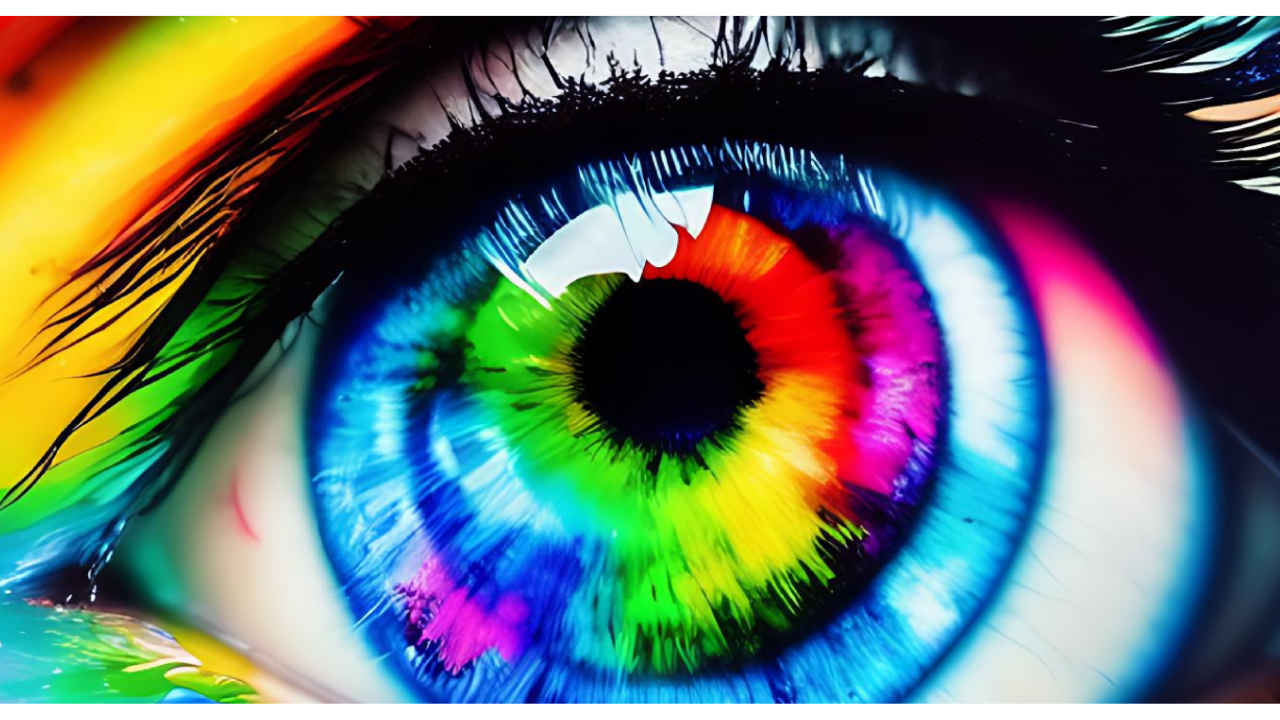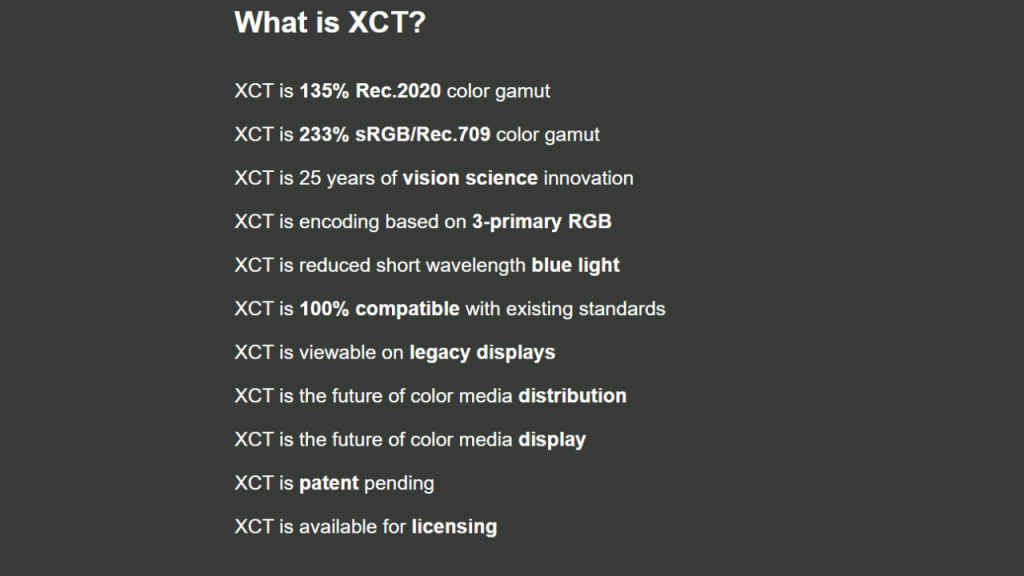This display tech lets any display show a lot more colours then it was meant to

Most displays today struggle to show the full richness of colours that the human eye can perceive. There are different display technologies in play and they all have their limitations. But a new breakthrough from VPixx Technologies called Extreme Color Technology (XCT) is looking to change that. Demonstrated recently at Display Week 2025, XCT seems interesting as it claims to dramatically expand the colour gamut of any existing displays, with just a 10 to 15% increase in cost.
 Survey
SurveyWhat is XCT Tech?
XCT, or Extreme Color Technology, is a novel algorithmic colour encoding method developed by VPixx Technologies, which is known for its specialised displays for vision research and professional applications. This technology enables displays to potentially achieve a colour gamut that is 135% of Rec.2020 and up to 233% of sRGB/Rec.709 standards. To put these numbers in perspective, even the best consumer TV displays as of today can achieve around 90% of BT2020 coverage.
Such an expansive colour range means that displays could reproduce colours with unprecedented vibrancy and precision, coming closer than ever to nuances perceived by the human eye.

For instance, fireflies emit a very specific yellow-green light. A hyper-wide gamut display could render the purity and intensity of this glow more accurately. Or it could capture the right punch of a neon sign. A wide colour gamut display can also help with superior performance in specialised fields like scientific visualisation or medical imaging.
XCT is designed to be compatible with existing standards and could be integrated into both legacy and cutting-edge display technologies, including LCD, OLED, and even micro LEDs.
Another notable advantage of this approach is the potential reduction of short-wavelength blue light, which is often associated with eye strain and discomfort during prolonged screen time.
The Scanning Backlight
In demonstrations of XCT in the video above, you can notice a flickering effect on the screen. VPixx Technologies clarifies that this is due to their scanning backlight technology, which is implemented to improve the clarity of dynamic images. This scanning is invisible to the naked eye and is only detected by recording cameras.
The scanning backlight works by sequentially illuminating sections of the display in synchronisation with the image refresh rate. This technique reduces motion blur and enhances the sharpness of moving images.
Potential Across Devices: From Monitors to Smartphones
XCT’s versatility could eventually extend beyond traditional displays. VPixx Technologies envisions its application across all display devices, including smartphones, where colour accuracy and vibrancy are increasingly sought after. Given that no current display technology can showcase every colour perceivable by the human eye, XCT’s approach to rendering 50–100% more colours than standard displays is certainly intriguing.
For content creators, XCT could offer a tool to produce visuals with greater depth and realism. Photographers, videographers, and digital artists may benefit from a wider colour palette, allowing for more accurate and expressive work.
Consumers, on the other hand, could one day experience more lifelike and engaging content. But all of this is in theory or distant future
Looking Ahead
As the demand for high-quality visuals continues to grow, technologies like XCT give us a hint of where the future might be headed. That said, it’s important to note that only the first prototype of XCT has been demonstrated so far. We’re not expecting this technology to appear in consumer devices anytime soon, if ever. Still, it makes for a fascinating concept, one that may well find its place in specialised professional applications where colour fidelity is paramount.
Deepak Singh
Deepak is Editor at Digit. He is passionate about technology and has been keeping an eye on emerging technology trends for nearly a decade. When he is not working, he likes to read and to spend quality time with his family. View Full Profile